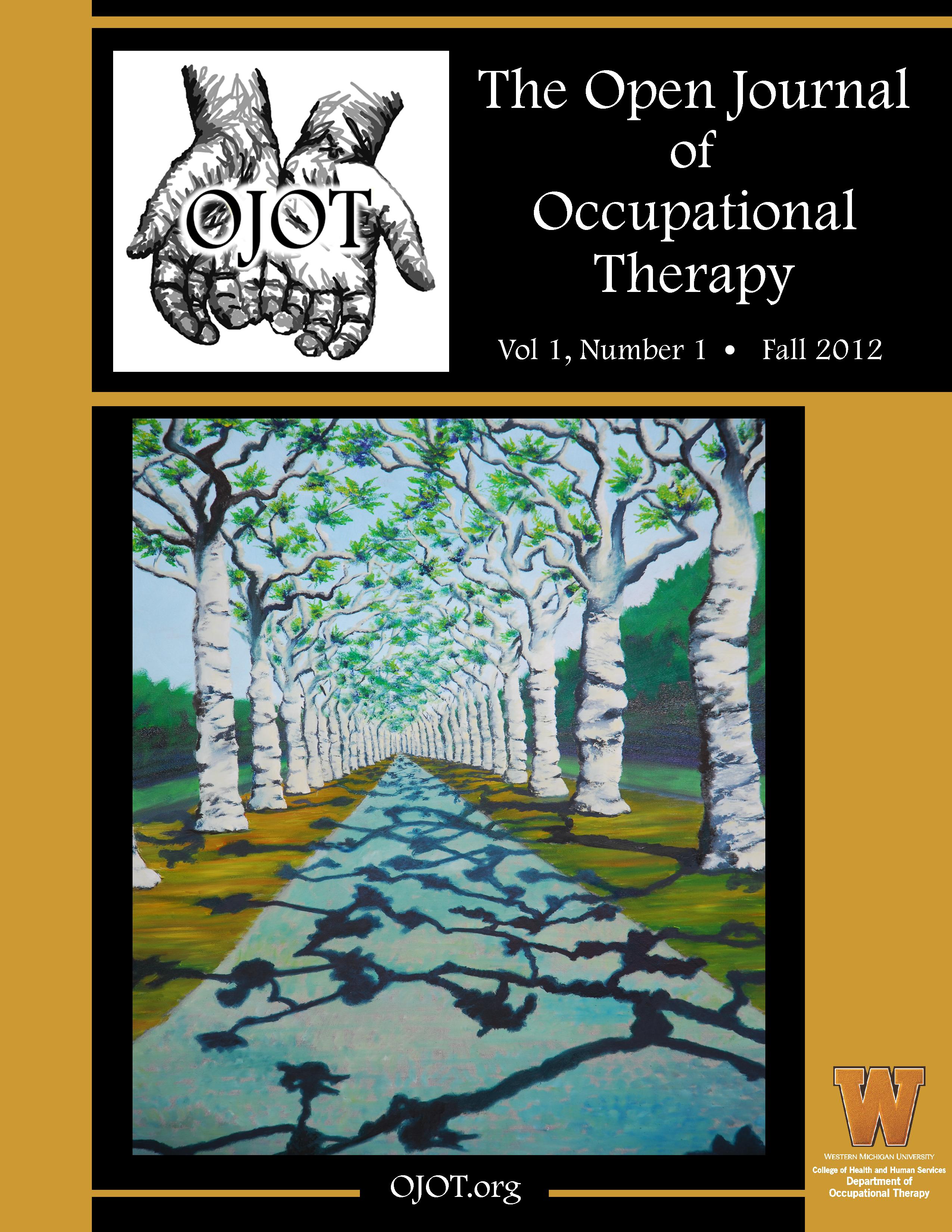ScholarWorks > HHS > OT > OJOT > Vol. 11 > Iss. 4 (2023)
Credentials Display
Qianwen Liu, OTD, OTR/L, Duquesne University, USA; Elena Donoso Brown, PhD, OTR/L, Duquesne University, USA; Shauni Johnson, DNP, RN, CNL, Allegheny Health Network, USA; Autumn Moss-Corcoran, MA, Allegheny Health Network, USA
Abstract
Background: Hospital-induced delirium is a prevalent condition across inpatient settings, frequently impacting older adults’ recovery. A 10-week multi-component quality improvement (QI) project was designed for an existing delirium prevention program in four acute care units, aiming to support patient and caregiver engagement in delirium prevention activities.
Method: The participants were hospitalized adults who were 70 years of age and older and met specific inclusion criteria. The project provided personalized interest-based activities, orientation stimulation, and caregiver education. An abbreviated version of the Modified Interest Checklist was used to identify the participants’ activity choices. Activity daily logs, satisfaction survey, and delirium and fall incidence were collected to measure project participation and outcomes.
Results: Thirty-two older adults participated in the QI project (mean age = 79.63 years). The most frequently selected interest-based activities were cognitive stimulation activities, such as word searches, and reading activities related to instrumental activities of daily living. Among 25 satisfaction surveys completed, 24 (96%) participants reported feeling “very supported” by the project. Only two QI participants developed delirium, and none of them had a fall during the hospital stay.
Conclusion: This QI project showed high participant use and satisfaction with promising low rates of delirium incidence and falls indicating further investigation.
Recommended Citation
Liu, Q., Donoso Brown, E. V., Johnson, S., & Moss-Corcoran, A. (2023). Providing Personalized Interest-Based Activities to Prevent Delirium: A Multicomponent Quality Improvement Initiative in an Acute Care Setting. The Open Journal of Occupational Therapy, 11(4), 1-15. https://doi.org/10.15453/2168-6408.2110


